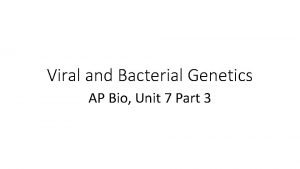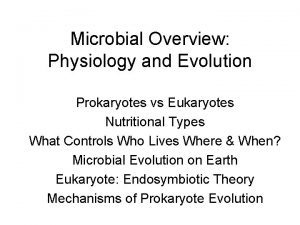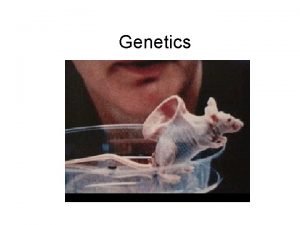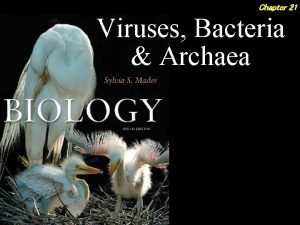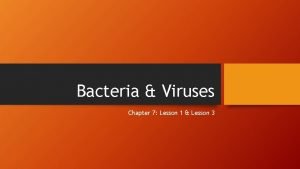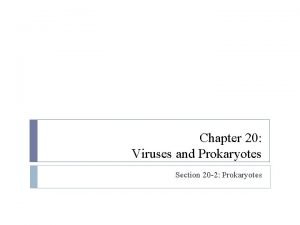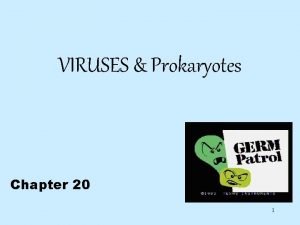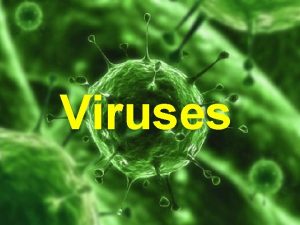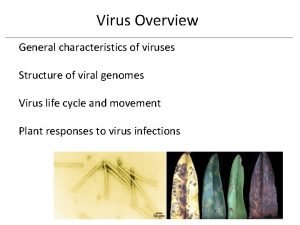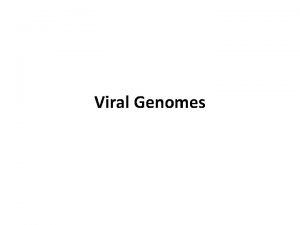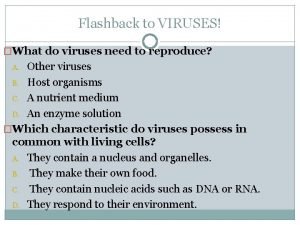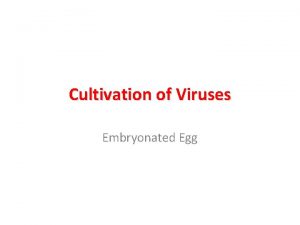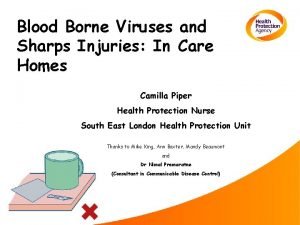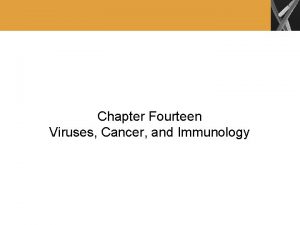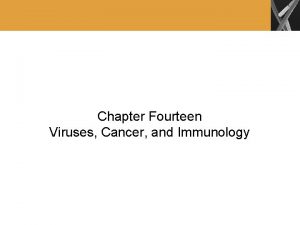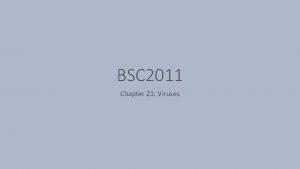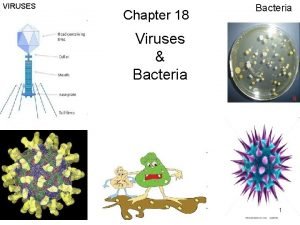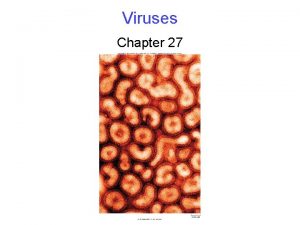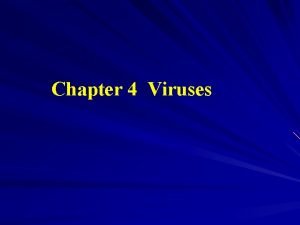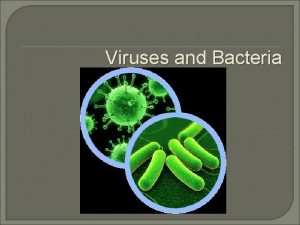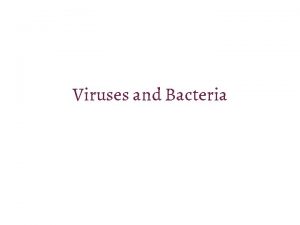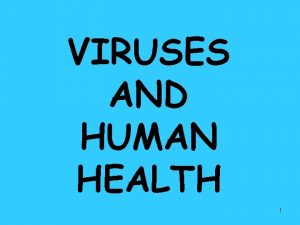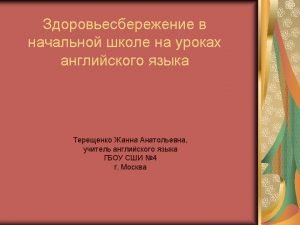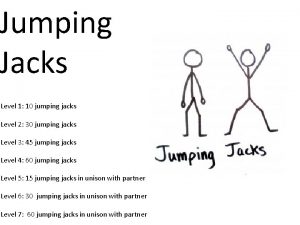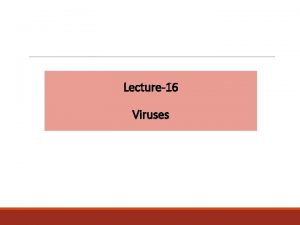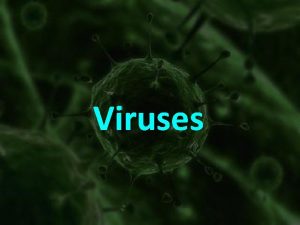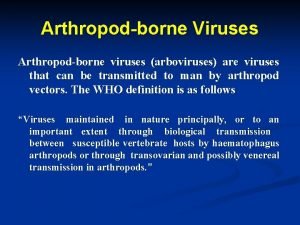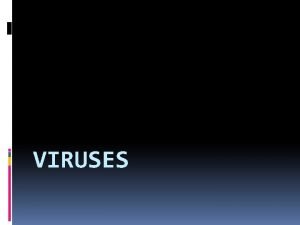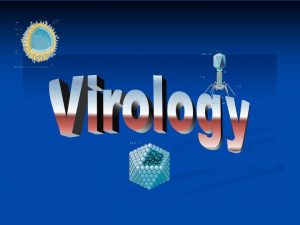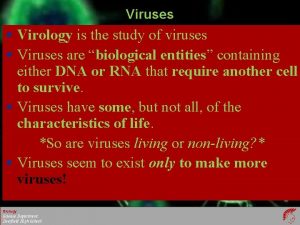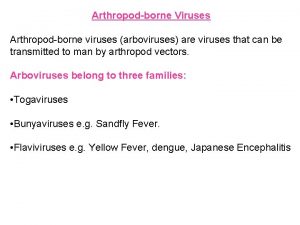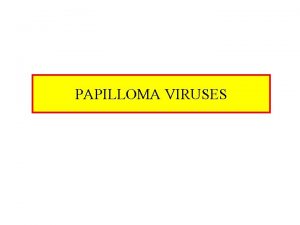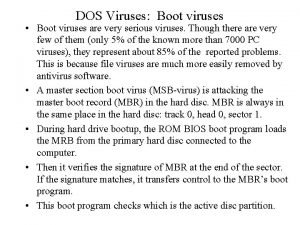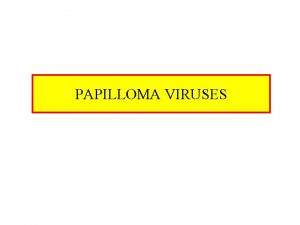Viruses Jumping Genes and Other Unusual Genes Chapter






















- Slides: 22

Viruses, Jumping Genes and Other Unusual Genes Chapter 12

Mobile Genes • Move around on chromosomes • Move from one chromosome to another • Move from cell to cell

Transposons – “jumping genes” code for the enzyme transposase. A simple transposon codes for transposase and nothing else – Can break DNA – Delete other genes – Disrupt another gene

A complex transposon • Two transposons, close together, may carry another piece of DNA between them. THEDOGHOWAREYOUSAWTHECAT – Can attach pieces of one chromosome to another – Can duplicate sections of DNA – Overall effect is to increase genetic variation


Integrated replication • Because transposons are part of the DNA, they are only copied when the DNA is copied; they are not copied apart from the DNA of the cell.

Plasmids • Are small, circular pieces of DNA in bacterial or yeast cells that contain 3 to 300 genes. • Most plasmids exist separate from the chromosome of the cell. • Usually replicated when DNA is copied, but some can reproduce at other times – autonomous replication

• A cell can have as many as 1, 000 copies of a plasmid and a cell may have more than one plasmid. • Plasmids can travel from one bacterial cell to another when bacteria undergo a sexlike process called conjugation.

Bacterial conjugation – connected by a pilus


• Plasmids contain genes that benefit the host. – Antibiotic resistance – Resistance to heavy metal poisoning – Resistance to the toxins of other bacteria

Viruses • A virus contains either DNA or RNA • Surrounded by a protein coat called a capsid. • A few viruses make a viral coat out of the infected cell’s plasma membrane and some viral proteins – membrane envelope • Viruses are smaller than cells but larger than single protiens. • Two basic forms – – Long helix – Icosahedron, a 20 sided shape

Viral replication must take place inside a cell, bacterial or eukaryotic. 1. The virus attaches to the cell – receptor molecules 2. The viral nucleic acid enters the cell 3. The cell synthesizes proteins specified by the viral genes 4. The cell replicates the viral DNA or RNA 1. 2. 3. 4. Tumor viruses – integrate into host DNA Some come in and out of host DNA – episomes In host DNA – provirus or prophage RNA – plus-stranded, minus-stranded, reverse transcriptase 5. The new viral proteins and nucleic acids are assembled into viruses 6. The new viruses are released from the cell.


Viral replication 1. The virus attaches to the cell 2. The viral nucleic acid enters the cell 3. The cell synthesizes proteins specified by the viral genes 4. The cell replicates the viral DNA or RNA 5. The new viral proteins and nucleic acids are assembled into viruses 6. The new viruses are released from the cell.




• Lysis -When viruses cause the host cell to break open and release virus particles • Lytic cycle • Provirus – lysogenic cycle

• Even though viruses are not “alive” they are still subject to natural selection, and they do evolve or change. • Restriction enzymes – enzymes made by bacteria to cut up viral DNA – Cuts at “target sites” – particular sequences of bases – E coli protects itself by modifying its DNA – Viruses eliminated the sites for restriction enzymes • Viruses are efficient and contain no “junk” DNA

Where did viruses come from? • May originally have been transposons – Conferred a benefit – Became able to replicate autonomously – Acquired genes to form a protein coat

• Mitochondria and chloroplasts contain their own DNA • Up to 1% of DNA in a cell may be mitochondrial DNA • Mitochondrial DNA is circular • In plants, chloroplast DNA may make up 15% of the cell’s DNA • Also have complete systems for transcription and translation that resemble bacteria • Support endosymbiotic theory
 Unlike lytic viruses lysogenic viruses do not
Unlike lytic viruses lysogenic viruses do not Youtube
Youtube Ap bio unit 7
Ap bio unit 7 Jumping genes
Jumping genes Transformation in bacteria
Transformation in bacteria Linked genes and unlinked genes
Linked genes and unlinked genes Polygenic inheritance
Polygenic inheritance Genepattern
Genepattern Egrette chapter 21
Egrette chapter 21 Nonliving particle that replicates inside a living cell
Nonliving particle that replicates inside a living cell Lesson 1: viruses
Lesson 1: viruses Chapter 20 viruses and prokaryotes
Chapter 20 viruses and prokaryotes Chapter 18 section 1 bacteria
Chapter 18 section 1 bacteria Section 19-3 diseases caused by bacteria and viruses
Section 19-3 diseases caused by bacteria and viruses Section 1 studying viruses and prokaryotes
Section 1 studying viruses and prokaryotes Why are viruses considered nonliving?
Why are viruses considered nonliving? Bacteriophage characteristics
Bacteriophage characteristics General characteristics of viruses
General characteristics of viruses Viruses
Viruses Lysogenic viruses do not
Lysogenic viruses do not Cultivation of viruses
Cultivation of viruses Viral inoculation in embryonated egg
Viral inoculation in embryonated egg Blood borne viruses
Blood borne viruses


